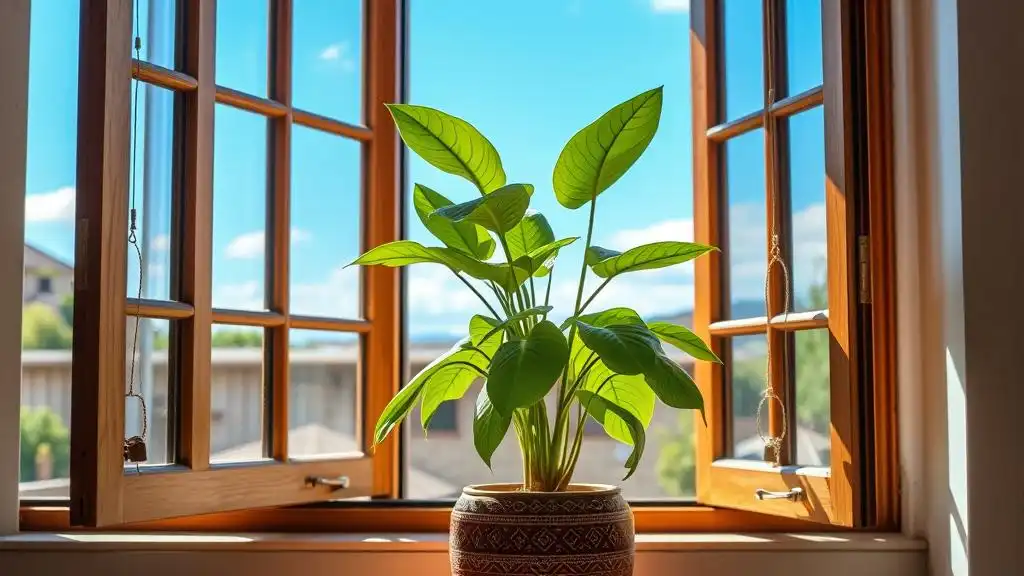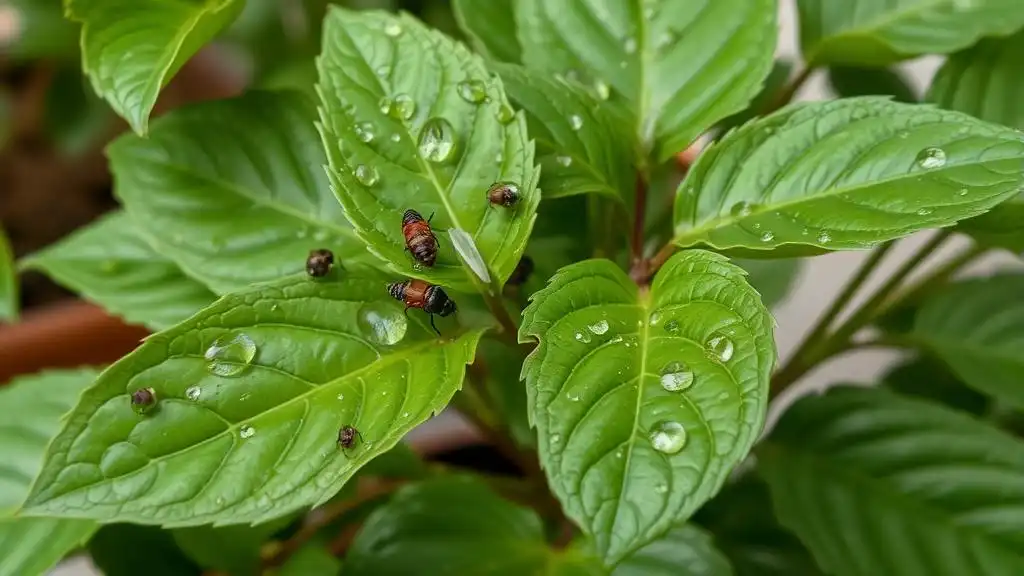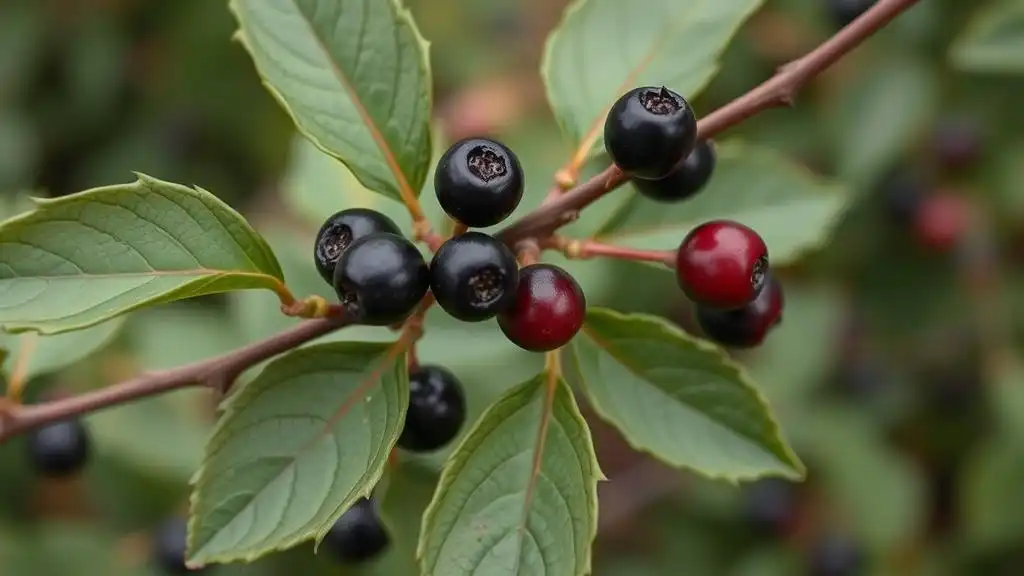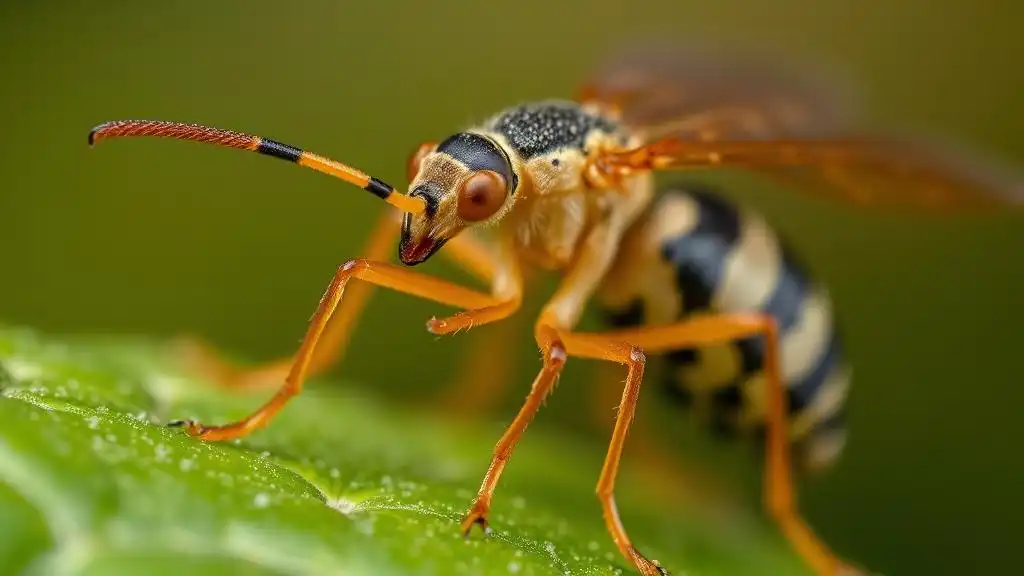Why Is My Plant Sticky? Common Causes and Solutions

Garden is the place where enthusiasts usually put their hearts into their work and relax, this is why noticing sticky substance on the plant’s surface may feel upsetting at first. So as to address such a problem and find the most suitable solution, it is important to understand its roots and evaluate possible consequences as well.
Contents:
Garden is the place where enthusiasts usually put their hearts into their work and relax, this is why noticing sticky substance on the plant’s surface may feel upsetting at first. So as to address such a problem and find the most suitable solution, it is important to understand its roots and evaluate possible consequences as well.
In this brief guide, we have compiled relevant information about the most common causes of why indoor plants get sticky, what honeydew means, and what one should do to overcome this challenge with grace.

The Main Reason Why Plants May Get Sticky
Why is my indoor plant sticky? This is the question that might be haunting anyone involved in the gardening routine, be it an indoor greenhouse or an open-air yard, at least for once. So, let us take a look at some of the main causes of plant stickiness and learn more about its producers.
Sap-Sucking Insects
The most common reason why my plant’s leaves are sticky is the presence of sap-sucking insects, or pest infestation in other words. In general, some pests like aphids and mealybugs feed on the plant’s sap by piercing the plant’s surface and, hence, excreting a sticky, sugary substance left on the parts of the garden inhabitant.
Among the key sap-sucking pests are aphids, whiteflies, mealybugs, and scale insects, typically located on the stems and all over the leaves (under them, in particular). As a result of pest infestation and uncontrolled honeydew production, there may develop complications, such as a sooty mold, that may hinder photosynthetic activity and lead to stunted growth.
Sap Secretion
Some plants may feel sticky due to the natural processes of sap secretion when they are damaged or put under significant stress. Plants like eucalyptus and oak, for example, can ooze the sticky sap from the stems, trunks, or branches. Nevertheless, this is a rare occasion when compared to pest infestation, which is a usual yet disappointing natural phenomenon.
What is Honeydew, By the Way?
So, honeydew is the most widespread substance that makes plants sticky to the touch. In broad terms, honeydew is a sugary liquid excreted by certain insects when they suck the plant’s sap. Though not really pleasant, it is seen as a byproduct of the pest’s digestion process, and honeydew may attract even more insects and fungi, help them increase populations, and reduce the garden’s ornamental value in the end.

How Do You Get Rid of Sticky Residue on Plants?
As we have covered before, it is mostly honeydew that makes the plant sticky, so it is crucial to find the producers of the substance and clean off the affected surface, too. Here are the major steps to take so as to get rid of stickiness and promote the plant’s health.
Step 1. Identify and Eliminate the Cause.
In order to detect the source of the issue, it is essential for one to take a look at the signs of the sap-sucking insects. Sometimes, they may stay hidden from the eyes; thus, it might be beneficial to utilize additional tools to define a problem more accurately. Apps like AI Plant Finder may serve as great garden assistants who easily guide you through the most complicated situations and never let you give up on your plants.
Want to detect a pest with the use of your smartphone? Open the AI Plant Finder app, go to the “Diagnose” section, take a photo of your plant, and receive prompt feedback regarding the pests the plant is suffering from. Could you make it any easier than that?

Step 2. Treat Insect Infestation.
In most cases, general treatment is enough to get rid of pests for good. The most effective treatment plans generally include insecticidal soap, horticultural oils (e.g., neem oil), and biological control methods that reduce the population of pests, when applied appropriately, i.e., according to the manufacturer’s instructions.
Step 3. Clean Off the Honeydew from the Plant’s Surface
If the leaves/stems are still healthy enough to recover, it is finally required to get rid of the honeydew itself. Otherwise, it is better to start with pruning. At this stage, one is free to wipe the sticky residue with a damp cloth, gently rinse plants with water, or apply soapy water solutions harmless to plants, pets, and humans, too. As a result, the plants will be able to breathe again and reproduce with renewed vigor.
For responsible gardeners, it is important to regularly monitor the health of their yards, especially when it comes to pest infestation. The sticky surface is one of the symptoms that the plant is suffering from the malevolent insects that destructively feed on the sap, produce honeydew, and destroy this green inhabitant step by step. Take care of your garden, stay proactive, and take measures before it is too late.
Share:
Read More
Identify Any Plant, Diagnose Every Disease
Download Our App Now!


